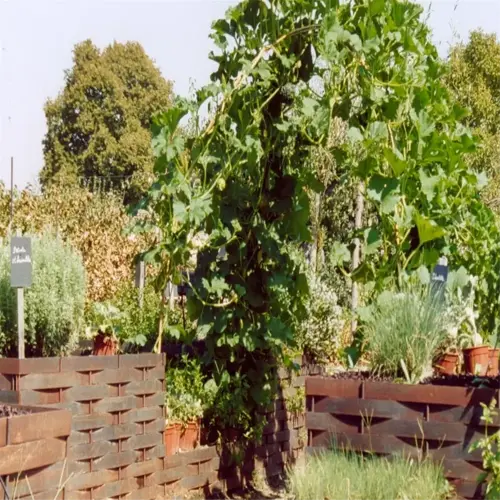How long does it take for plants to recover?

Written by
Nguyen Minh
Reviewed by
Prof. Charles Hartman, Ph.D.Although brown leaf edges don't disappear immediately upon revision of care routines, the healing process will commence. My calathea produced new, clean leaves in only 5 weeks once I provided stable humidity and filtered water instead. The old, damaged leaves remain, but new foliage indicates a sign of healthy growth. Monitor changes weekly, you must be patient, there will be no shortcut.
Recovery Timeline
- Weeks 1-2: Root repair and nutrient absorption resume
- Weeks 3-6: New growth emerges, often smaller initially
- Weeks 7-12: Full leaf expansion and color restoration
Trimming Protocol
- Sterilize scissors with 70% isopropyl alcohol
- Cut 1/4 inch above brown edges to avoid healthy tissue
- Dispose of trimmed leaves to prevent fungal spread
Care Adjustments
- Water only when top 2 inches of soil dry
- Maintain 50-60% humidity with a hygrometer
- Avoid fertilizer for 8 weeks post-trauma
Overcompensating amounts can hinder recovery. I once suffocated a recovering peace lily with daily watering, which rotted its roots once again. Opt for proven routines: use a moisture meter to avoid guesswork, and use a plant journal to log changes. Consistency will rebuild trust between you and your plant.
A stable environment can enhance healing. My fiddle leaf fig plant rebounded quicker under grow lights set to 12-hour photoperiods. Do not move plants during the recovery period since abrupt changes in light or temperature may be stressful to new, delicate growth. Seasonal adjustments affect recovery: in winter, water less, and in summer, increase humidity.
Measurement Devices
- Hygrometers track humidity (±5% accuracy)
- TDS meters test water purity (<50 ppm ideal)
- Light meters ensure 200-400 lux for low-light plants
Documentation
- Photograph leaves weekly to compare color/texture
- Note watering dates and soil moisture levels
- Track fertilizer applications and plant responses
Read the full article: Understanding and Fixing Brown Leaf Edges on Plants

